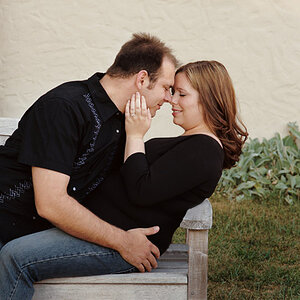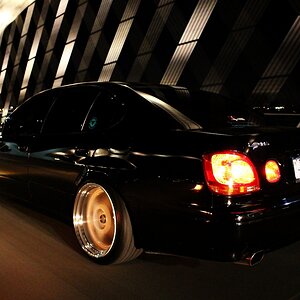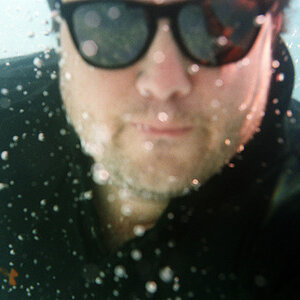Gunflint Trail
TPF Noob!
- Joined
- Jun 21, 2022
- Messages
- 5
- Reaction score
- 0
- Can others edit my Photos
- Photos OK to edit
In Lightroom, when you are finished editing photos, do you export a copy as TIFF to lock the edits in place, so to speak? You'd obviously need to do this if you wanted to take the edited photo out of Lightroom, but I just mean generally when you're working with photos is this a common practice?


![[No title]](/data/xfmg/thumbnail/34/34350-d994760811e60909016e63fa23ff2e4d.jpg?1619736385)





![[No title]](/data/xfmg/thumbnail/32/32638-22cfef06fc91cb3aee39b7b55c36198d.jpg?1619735555)


![[No title]](/data/xfmg/thumbnail/32/32637-865ab9beec7e00237b64e4fcb8fe947f.jpg?1619735555)

